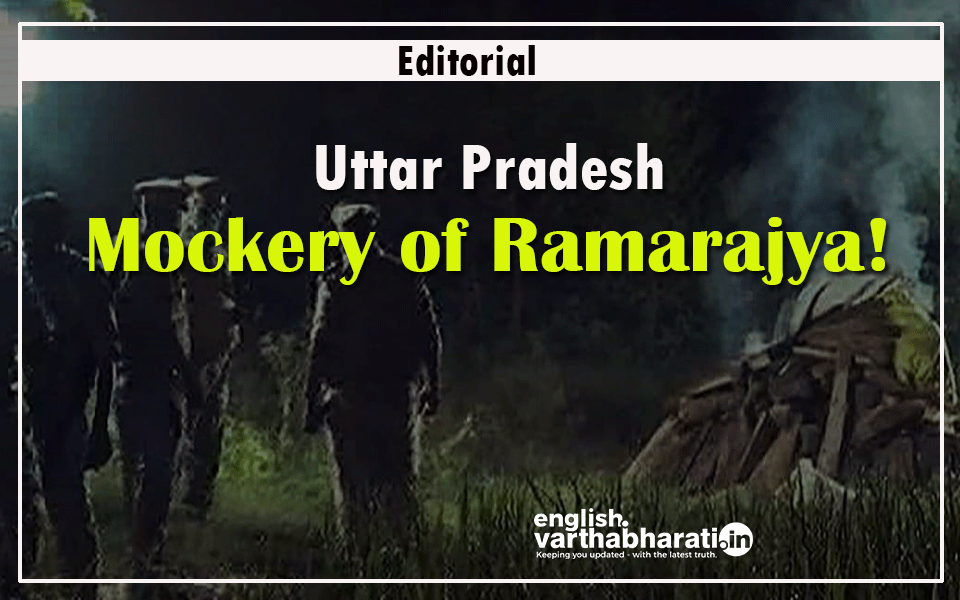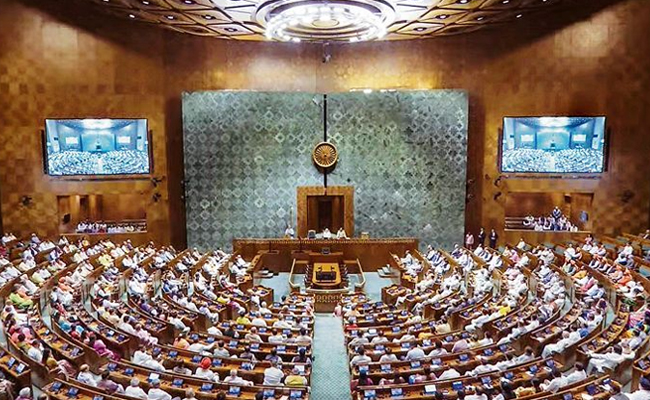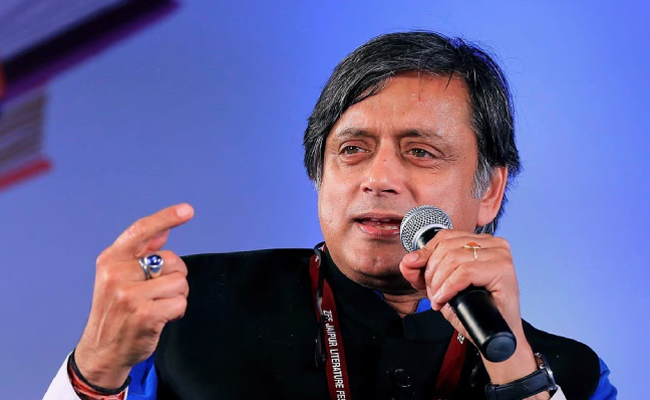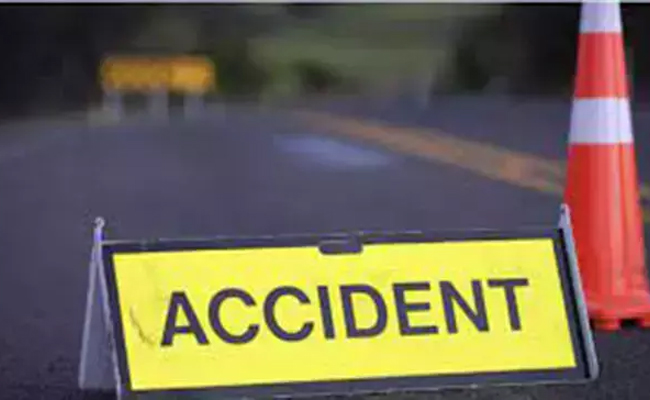The brutal case of rape and murder that took place in Hatharas, Uttar Pradesh, is being compared to the ‘Nirbhaya’ incident in Delhi. But the Hathras incident appears more terrible and barbaric than the Nirbhaya case. The latter at least did not have any social or political dimensions and no attempt was made to shield the accused. When people all over the country hit the streets in protest against the Nirbhaya incident, the government did not curb the protests. The rape charge was proved in the court which sentenced them to death. For those who question the need to identify the victim in the Hatharas incident as a ‘Dalit woman’, the answer lies in the way the two incidents have played out. There was no political interference in the ‘Nirbhaya’ case as the perpetrators of the crime did not belong to upper caste or class. At the same time, the victim was not a Dalit. Instead, she was an urban educated woman. The perpetrators of the crime were migrant laborers without any influence to wield which helped the police investigate the case rather boldly. This is not how the incidents around the present case are unfolding. The reason being the victim here is from the Dalit community and the perpetrators of the crime belong to the upper castes.
Instead of getting the perpetrators punished, the Uttar Pradesh government has filed cases against those who are demanding the case to be investigated duly and the guilty punished. Cases have been filed against leaders such as Rahul Gandhi, Priyanka, and Chandrashekar Azad. Attempts are being made to project protests as part of an international conspiracy to defame the government. Dropping the investigations against the incident of rape, the police seem more interested in investigating the international conspiracy angle. The Uttar Pradesh government and the BJP leaders in Delhi are also dubbing the protest by the opposition leaders as ‘politics’. This is strange because the main role of Opposition parties is to protest the anti-people policies of the ruling party and to warn the government when the people suffer injustice in the hands of the powerful. It is the responsibility of the Opposition to raise its voice against injustice being done to the Hatharas rape victim. When Rahul Gandhi and Priyanka protest seeking justice, how does it become political? If this is the case, what would we have called the silence that could have allowed injustice to the victim? Isn’t such silence also political? The Uttar Pradesh government that sees ‘an international conspiracy to topple the government’ is silent over the conspiracy to hush up the truth in the case. Or, is it covertly a part of the conspiracy? The Hathras case is not merely an atrocity against a woman but an assault on ‘Mother India’. Today, she is posing uncomfortable questions to the government. The Uttar Pradesh Government should at least answer her questions to save its face.
Why didn’t the police file a complaint soon after the death of the victim and come forward to get the medical examination conducted to establish rape? The police filed a complaint only after people hit the streets and questioned them. The FIR did not refer to the act of rape. Who stopped the police from doing this? Why was the woman’s body burnt in haste? Do the police have the authority to cremate the body without taking the consent of the family? Were not the police preventing the possibility of a second post-mortem, which the investigation might demand, by cremating the body? Whose order was this? The police prevented anyone from even meeting the victim’s family. Was this done to protect the victim’s family or was the family kept forcibly confined to their home to protect the accused? It is the chief minister’s basic responsibility to meet the victim’s family and hear them out. In the Nirbhaya incident, many political leaders met the victim’s family and the government took care of the entire cost of the victim’s treatment. But in the Hathras incident, not even a single minister visited the family. Even as the case was being investigated, police officials issued a statement that the victim was not raped. But the medico-legal examination report of Aligarh’s Jawaharlal Nehru Medical College Hospital has denied the police version. Then, against whom has the conspiracy been hatched? Is it against the government? Or is it against the Dalit family that has been subject to injustice?
The government has filed cases against hundreds of protestors. At the same time, some people from the upper caste are protesting and demanding the release of the accused held by the police. So far, no cases have been filed against these protesters from the upper-castes. The demand to release the accused is a tactic to divert the investigation. Why has the police adopted a soft approach towards these protests in favour of the accused? An Uttar Pradesh BJP legislator has tried to portray the victim as the accused by giving a statement that ‘rapes can be prevented only if girls are taught good cultural values.’ He seems to be suggesting that the victim did not have good values. Why has the government not taken any action against this legislator? Another Uttar Pradesh leader has said that the ‘accused might not be guilty of all that is being alleged against them.’ Why doesn’t the rape and subsequent murder of a women seem serious enough to this leader? These are the questions that ‘Mother India’ is asking. When a government stands in support of the accused, such a government should not be allowed to continue in power in the interest of the country. In such a situation, even if the protests were to be part of a conspiracy to remove the government, this conspiracy is necessary in a democratic set up. Before Uttar Pradesh is named officially the ‘rape capital’, it is important that Adityanath is removed from the Chief Minister’s post and the dignity of women upheld. BJP leaders who worship India as ‘Mother’ should immediately pay attention to the plight of women in the country.
Let the Truth be known. If you read VB and like VB, please be a VB Supporter and Help us deliver the Truth to one and all.
New Delhi (PTI): A Bill which seeks to set up a single regulator for institutions of higher education is required to facilitate universities and other higher educational institutes become independent and self-governing, officials said.
The Bill is likely to be introduced in Parliament next week after it got the Union Cabinet's nod on Friday.
The proposed legislation, which was earlier christened the Higher Education Commission of India (HECI) Bill, has now been named Viksit Bharat Shiksha Adhikshan Bill.
A single higher education regulator, which was proposed in the new National Education Policy (NEP), looks to replace the University Grants Commission (UGC), the All India Council for Technical Education (AICTE), and the National Council for Teacher Education (NCTE).
"The Bill proposes to set up a Higher Education Commission of India to facilitate universities and other higher educational institutes become independent and self-governing institutions and to promote excellence through a robust and transparent system of accreditation and autonomy. It is likely to be introduced (in Parliament) in the coming week," an official said.
While the UGC presently oversees non-technical higher education in the country, the AICTE oversees technical education, while the NCTE is the regulatory body for teachers' education.
The Commission is proposed to be set up as a single higher education regulator, but medical and law colleges will not be brought under its ambit.
It is proposed to have three major roles -- regulation, accreditation and setting professional standards, officials said.
Funding, which is seen as the fourth vertical, is not proposed to be under the regulator so far. The autonomy for funding is proposed to be with the administrative ministry, they said.





